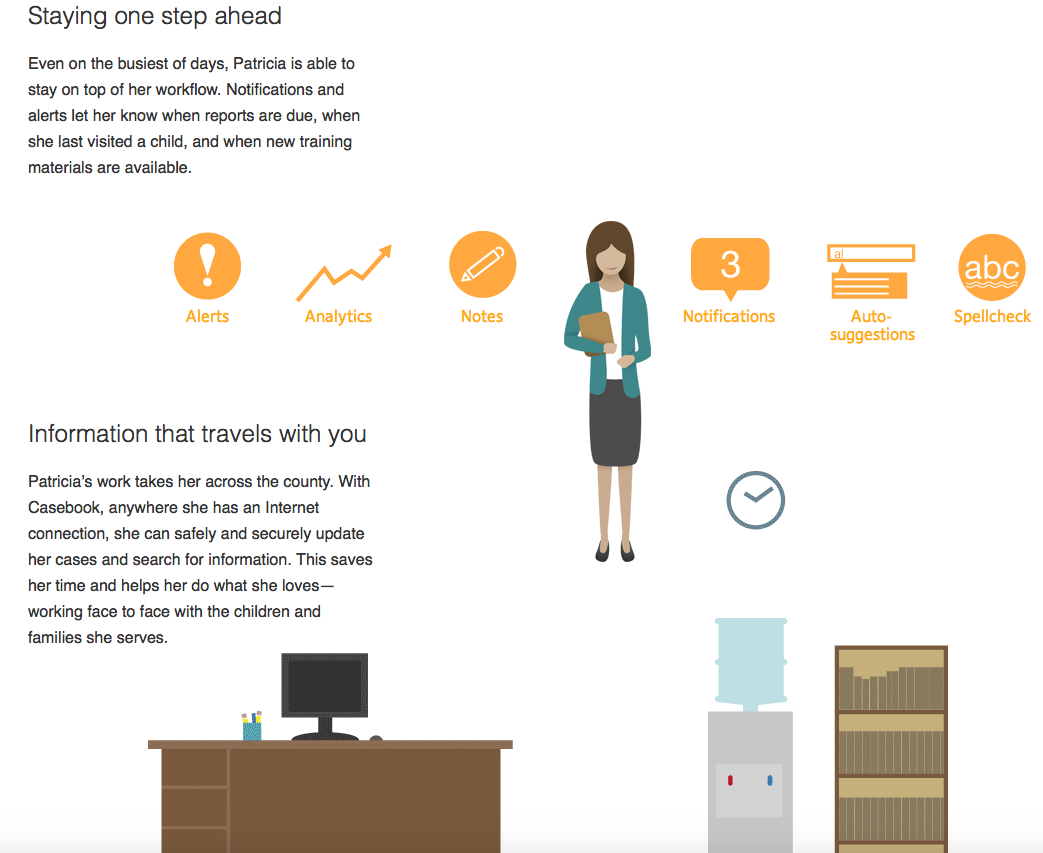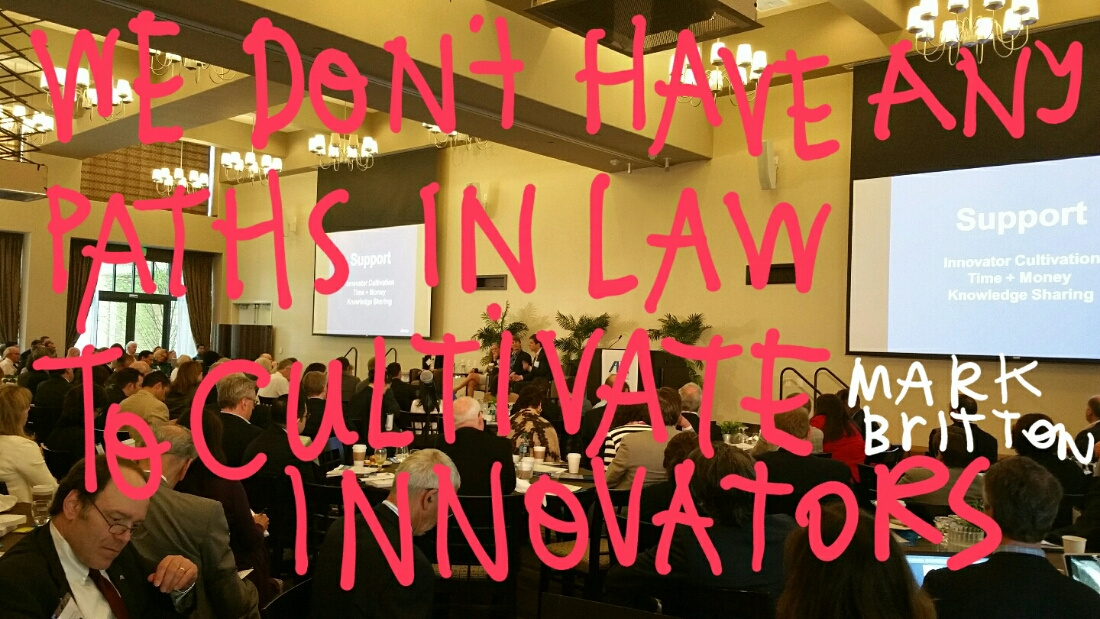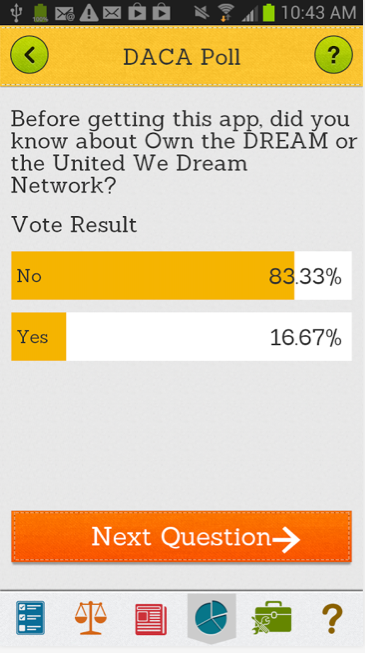After my latest post on coordinated foster youth care, Matthew Burnett of Immigrant Advocates Network forwarded me on a link to this innovative new case management platform: Case Commons.
It is an attempt to build a user-centered system, that helps social service case workers and government workers be more coordinated and supportive of the people they’re serving.
Could we take this model and use it to link the different legal, social, medical, education systems — so that their case management systems are talking to each other, and that they are all focused on the person being served.
Here is a description of their approach:
Case Commons
The vision of Case Commons is to support the transformation of public human services through innovative technology. In the 21st century, web-native, real time technology and analytics all have the potential to radically change how public human services agencies meet the needs of the country’s most vulnerable children and families.
To fulfill this vision, we have designed and built revolutionary software for child welfare. Called Casebook, our tool has been collaboratively developed with agencies and practitioners, uses intuitive design to meet the needs of human services caseworkers and administrators, and is centered on the person and their family rather than isolated “cases.” Casebook helps support child welfare workers and policy makers in their effort to make decisions based on data, rather than on anecdote.
The mission of our organization is to:
• Change Lives: above all, Case Commons seeks to better serve, and to improve outcomes and life opportunities for vulnerable children and their families;
• Help the Helpers: Case Commons believes that new technology can and must support – not hinder – the frontline workers who serve our nation’s most vulnerable children and families.
• Measure Results: Case Commons uses the latest technology to improve the quality and timeliness of data and analytics so that everyone can make better decisions. Supervisors can better support their workers, policymakers can understand what works, and everyone can use greater knowledge to transform service delivery and improve lives.
Our effort does not end with Casebook. Building technology that can be used to improve lives is a collaborative endeavor, and it requires contributions from diverse sectors and stakeholders. That is why, in addition to continuing to develop Casebook for child welfare providers around the country, we are working with others to drive a broader conversation about how to use the best available technology to support continuing progress and improvement in our nation’s human services systems.
Casebook and the Annie E. Casey Foundation
Casebook was first developed by the Annie E. Casey Foundation, the leading philanthropy dedicated to child welfare in America. Case Commons, Inc. shares the Foundation’s mission of improving the well-being of vulnerable children and families and continues to receive Foundation support.
A 21st Century Human Services Solution
Casebook® is an innovative, internet-based application that uses Web 2.0 technology to transform child welfare and human services case management. Casebook is the response to years of frustration among child welfare and human service professionals and leaders who have toiled with information management systems that are difficult to use and expensive to maintain—and that fail to deliver for vulnerable children and families.
Originally developed as an initiative of the Annie E. Casey Foundation, a national leader in child welfare policy and practice, Casebook is designed to revolutionize child welfare and human services, by providing states and localities with 21st century technology tools to help caseworkers do their jobs more effectively, enable administrators and supervisors to make smarter decisions, and ultimately better serve the children and families who need help most.
Read more about the Casebook solution.
Technology Changing Lives
On July 5, 2012, Casebook went live as the system of record for the Department of Child Services in the State of Indiana, assisting some 3,600 caseworkers and supporting over 40,000 children and families across the state. Since go-live, the system has achieved 99.9% up-time; it has used embedded metrics to present actionable intelligence to caseworkers to increase the frequency of in-person case visits; it is producing real time analytics that can be used to inform agency managers of their key performance indicators. All signs are that child safety and family well-being are being positively impacted.
Casebook is rapidly spreading – check back often for updates on how Casebook is helping to improve child welfare across the country.
A New Conversation
America’s future depends on government adopting a forward-leaning approach to information technology. The technology gap between government and the rest of society is growing, despite the fact that many new technologies have unrealized potential to change the way we govern. They can help government reach Americans more directly; they can reduce waste; they can throw open the doors to make government more transparent; and they can transform the public sector from a follower into a technology innovation leader.
Casebook is a powerful example of technology innovation at work, and Case Commons is helping to lead a growing movement to revolutionize how government puts technology to work for Americans.
Read our paper on Casebook and the future of government innovation.
Analytics and Research
Analytics and research are key to our focus on results. We have set out to apply leading-edge technologies, such as predictive modeling, factor analysis and text mining, to equip caseworkers to make sense of their data and, in turn, help agency managers, researchers and policy makers understand what works and why. We continuously analyze Casebook data to explore patterns and prove statistical hypotheses. We collaborate with researchers from leading universities and other policy research organizations to understand what socio-economic factors are mostly responsible for child abuse and neglect. We aspire to share our findings with the broader human services community, not only in published papers and conference presentations, but also directly through Casebook features that support day-to-day decision-making. In taking these steps, we can help make policy and practice based on evidence the norm in human services.
What sets our vision for Casebook Analytics, currently implemented as a proof of concept, apart from conventional reporting and business intelligence?
• Person-centricity. Casebook Analytics is based on Casebook’s unique longitudinal data model. Casebook is built not around units of work, such as cases, but rather around persons, relationships and groups, such as families and households. This person-centric design enables our users to follow individuals and families over time and readily look at data through an entry cohort lens.
• In-place metrics. Using what we learn from careful user research, we look for opportunities to embed metrics in the context of the work that caseworkers and supervisors do every day. Keeping educational stability and progress to grade “front and center” can, for example, help a supervisor direct educational resources to the kids who need them most. Our goal is to get actionable data at the caseload level faster.
• Social features. We want to invite users to interact with data visually and then share their insights. We believe that Analytics should inspire conversations in which users not only tell the story behind the data, but also confidently tell the story with data. Our goal is to make Casebook a place for not only taking action, but also self-reflection, critical thinking and self-evaluation.
Behind the scenes, our Research team looks for ways to speed up the analytical cycle through:
• Predictive modeling. We develop and prove predictive algorithms that can, for example, show a given child’s projected path. This means that we can enrich views of information for managing current caseloads with what agency history tells us about longer-term outcomes in areas such as permanency, education and health.
• Evidence-based product features. We factor the results of our research into new product features that support good practice while meeting immediate user needs.





